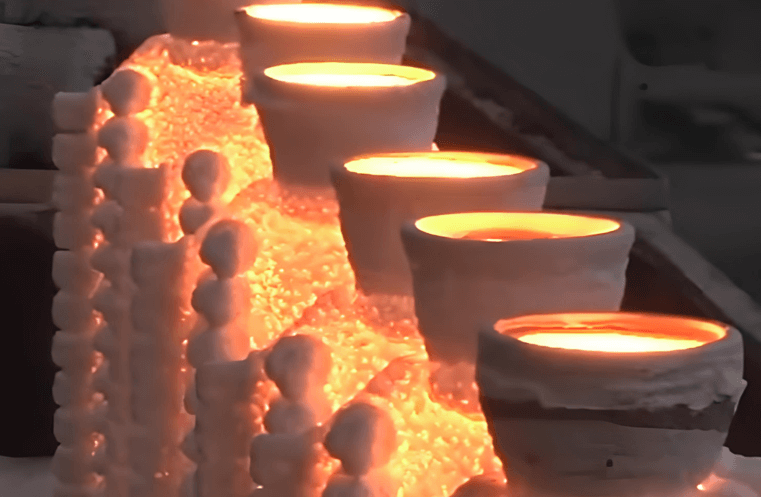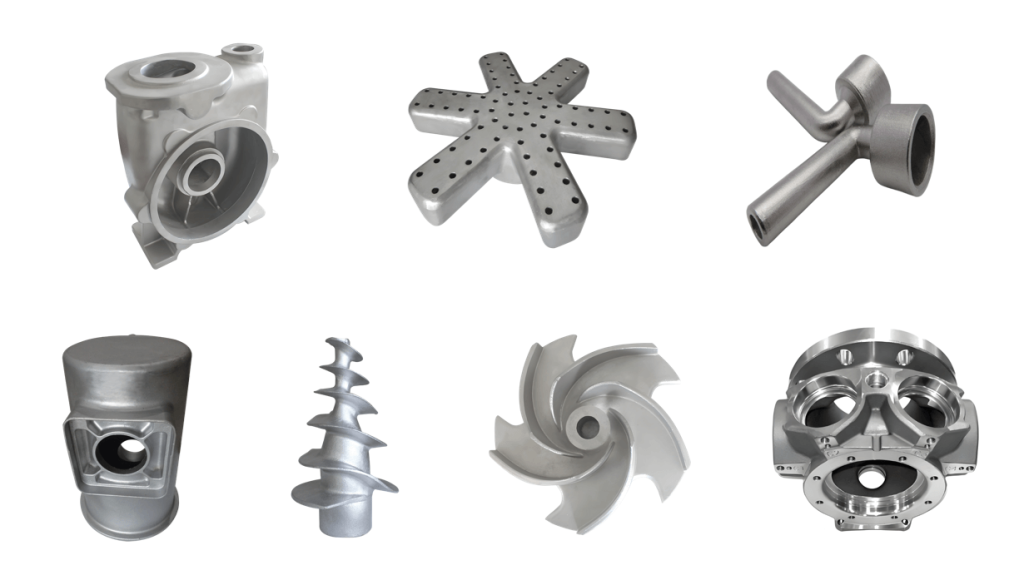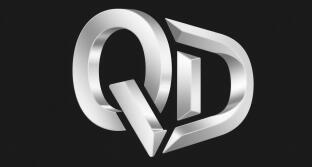Lost wax casting, also known as investment casting. It’s a process that can produce complex structural parts without complex machining. This greatly reduces the number of subsequent processing steps.
QD is a leading foundry in China that uses precision lost wax casting. If you have any needs, please contact QD.

Applicable types of lost wax casting
| Industry | Typical Casting Types | Core Features |
| Aerospace | Turbine blades, fuel nozzles | Need to withstand high temperature and high pressure. High requirements on material strength and precision |
| Medical Devices | Surgical forceps heads, implant parts | Biocompatibility must be met. Smooth surface without burrs. Fine structure |
| Automotive | Transmission precision gears, sensor housings | Need to ensure dimensional stability. Strong adaptability. Wear resistance |
| Construction Machinery | Hydraulic valve core, precision joints | Need to withstand high pressure. Good sealing performance. Compact structure |
| Precision Instruments | Flow meter impeller, valve core | The fluid mechanics performance must be guaranteed. High shape symmetry |
Common materials for lost wax casting
Lost wax casting can be adapted to a variety of metal materials. QD can select the best material based on the performance requirements of the parts.
| Material Type | Core Feature | Applicable Scenario |
| Stainless Steel | HigCorrosion resistant, high strength, easy to polish | Medical equipment, chemical equipment parts |
| Aluminum Alloy | Lightweight, good thermal conductivity, moderate cost | Auto parts, precision instrument housings |
| Titanium Alloy | High strength, low density, good biocompatibility | Aerospace components, medical implants |
| High Temperature Alloy | High and low temperature resistance, oxidation resistance, and fatigue resistance | Aircraft engine parts, high temperature valves |
QD Lost Wax Casting Advantages
QD has been focusing on the lost wax casting field for more than 20 years. It has formed a unique advantage. From wax model making to finished product delivery. Every step is committed to creating real value for customers.
Wax model making: Controlling the source of precision
QD uses strict material selection, mold design optimization and production process control in wax model making to ensure that the wax model can accurately restore the complex structure of the part. This step can reduce the margin of subsequent processing of the casting. While ensuring the assembly accuracy of the parts, it helps customers reduce the cost of secondary processing.
Surface quality: No additional processing required
QD optimizes the mold shell material ratio, controls the metal liquid pouring speed and cooling rhythm, make the casting surface uniform and smooth. This link can reduce the customer’s post-processing steps such as grinding and polishing. Shorten the production cycle. Avoid the loss of part accuracy due to over-processing. Suitable for medical, precision instruments and other fields with high requirements for surface finish.
Cost advantage: More cost-effective than sand casting
Although the initial cost of lost wax casting is slightly higher than that of sand casting due to its complex process. QD has achieved precise cost control by optimizing the production process and rationally allocating resources. For parts with complex structures and high precision requirements, sand casting often requires a lot of subsequent processing, and the overall cost increases. QD’s lost wax casting can achieve near-net shape. Let customers enjoy more reasonable prices while obtaining high-precision parts.
QD Lost Wax Casting Application

QD provides customized solutions for many industries such as medical, aerospace, and automotive. We are not only a casting producer, but also a “process partner” for our customers.
Choosing QD, you will not only get qualified castings, but also a guarantee of precision manufacturing. Welcome to contact QD for the best solution for lost wax casting.
FAQ
1. What is the difference between lost wax and lost foam casting?
In both cases, a sacrificial pattern is made. In lost wax casting, this is made from a tooled mould and in lost foam casting, it may be made from a mould or carved from a solid block of foam material. A refractory material is then applied to the pattern and left to dry.
2. What metal materials can be cast by lost wax casting?
Lost wax casting is applicable to a wide range of metal materials. Including aluminum alloy, copper alloy, cast iron, stainless steel, high temperature alloy, etc. Whether it is non-ferrous metal or ferrous metal, as long as its melting temperature matches the high temperature resistance of the shell material and can meet the performance requirements of the casting, most of them can be produced by lost wax casting process.
3. How to ensure the dimensional accuracy of castings during lost wax casting?
- First, the wax mold must be made accurately. Use high-precision molds to press the wax mold. Reduce the dimensional error of the wax mold.
- Secondly, the shell coating and drying should be uniform. Avoid shell deformation.
- In addition, the roasting and pouring process parameters should be stable. Control the pouring temperature, shell temperature, etc. to reduce the shrinkage deformation of the casting.
- Finally, the size of the wax mold and casting can be detected. The process parameters can be adjusted in time to ensure that the dimensional accuracy of the final casting meets the requirements.
4. What type of material is usually used for “wax” in lost wax casting?
Commonly used wax materials include paraffin, beeswax, ozokerite and their mixtures. Different types of wax materials have different properties. QD will select the appropriate wax formula based on factors such as the precision requirements of the casting and the production process.
5. What is the biggest advantage of lost wax casting compared to traditional sand casting?
The biggest advantage of lost wax casting is that it can produce castings with complex shapes and high precision. Especially parts with hollow structures or complex cavities. And the surface finish of the casting is good. The amount of subsequent processing is reduced. It is suitable for mass production of high-precision and high-complexity products.
